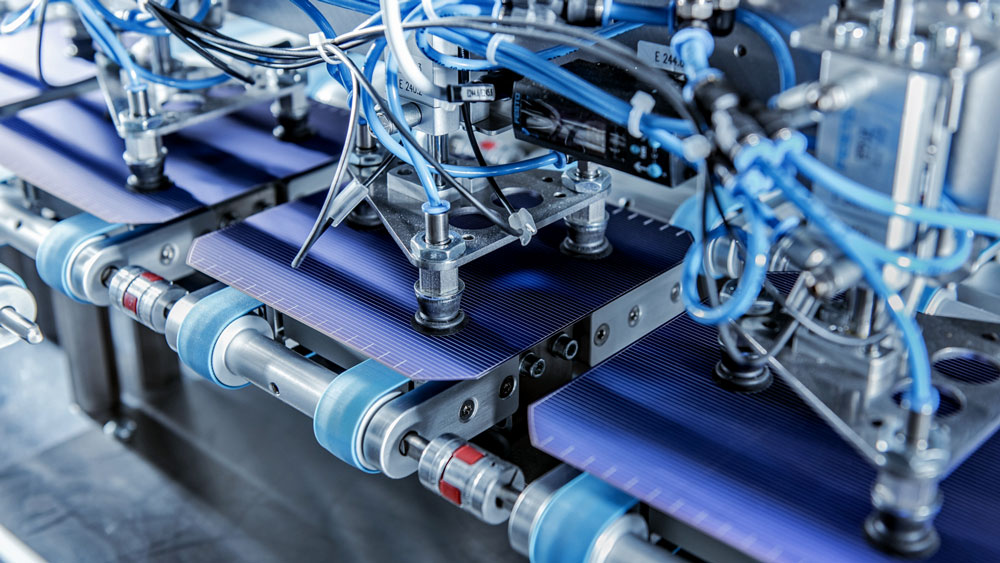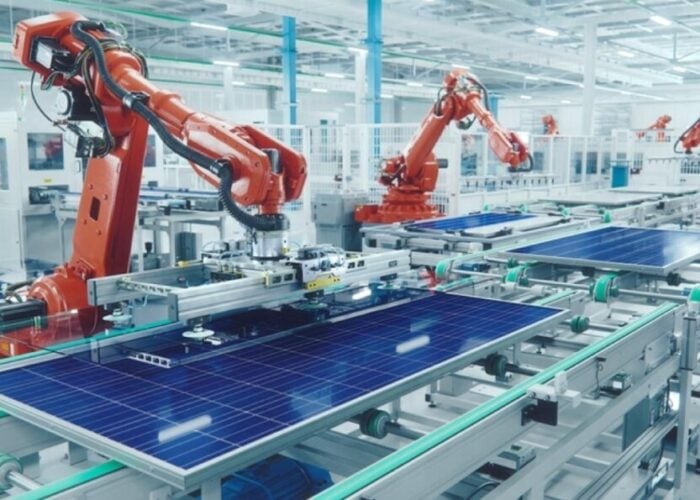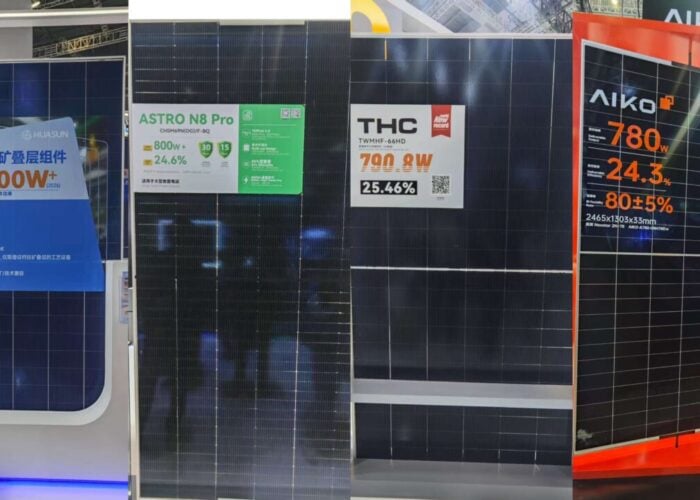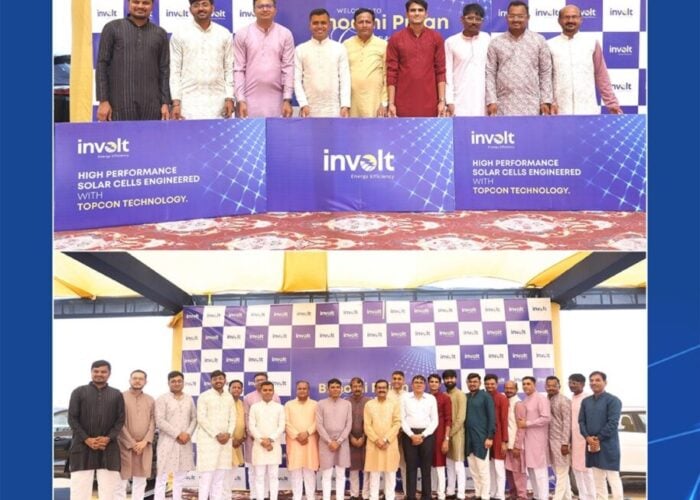
The EU has been increasing its cumulative solar capacity evidenced by numerous new PV projects across most, if not all, countries. However, the solar industry in the EU has been facing several challenges over the years. One of which is the influx of solar modules this year.
In the webinar, The changing landscape of solar module supply to Europe, Solar Media’s head of research Finlay Colville and Chinese solar module manufacturer Seraphim’s global sales vice president Insan Boy, examined solar PV module supply to Europe and identified trends in technology.
Unlock unlimited access for 12 whole months of distinctive global analysis
Photovoltaics International is now included.
- Regular insight and analysis of the industry’s biggest developments
- In-depth interviews with the industry’s leading figures
- Unlimited digital access to the PV Tech Power journal catalogue
- Unlimited digital access to the Photovoltaics International journal catalogue
- Access to more than 1,000 technical papers
- Discounts on Solar Media’s portfolio of events, in-person and virtual
Solar module supply to the EU
Colville said that solar shipments from China to the EU were “out of control”. In 2021, solar PV module supply in Europe was close to 40GW, a level that the EU market could take. However, solar PV module supply significantly increased to over 60GW in 2022, and it even reached about 100GW this year. Therefore, the EU market currently has a significant amount of inventory.
“Products shipped to Europe are without a customer, and no end-market can adapt to a sudden influx of modules overnight,” he said.
Boy agreed the European solar market was facing an influx of Chinese modules this year. In the webinar, he mentioned that China exported 128GW of solar modules to the world from January to August 2023 — an amount higher than installation requirements. Of the exported solar modules, 72GW or 56% were shipped to Europe.
The Netherlands has become the major distribution centre in Europe as China exported 35.5GW of modules to the Netherlands in the first eight months of this year. Year-on-year exports to France (54%), Italy (79%) and Belgium (128%) also increased significantly.
According to SolarPower Europe, the EU’s cumulative installed capacity continues to rise. In 2022, 27 EU member states recorded 38.1GW of new solar capacity connected to the grid, representing a 23% increase compared to 2021. This year, SolarPower Europe expected the installed capacity to grow by 23% or 48GW to 253.3GW
The EU also plans to reach a cumulative PV installation target of 350GW and 650GW in 2025 and 2030 respectively.
Previously, PV Tech reported that the European Solar Manufacturing Council (ESMC) had published an open letter regarding the solar manufacturing industry in the EU, urging the EU to collaborate with the US and make use of the US Uyghur Forced Labor Prevention Act (UFLPA) Entity List to stop all Xinjiang-made solar materials.
Under this law, all goods produced in Xinjiang, entirely or partially, are assumed to be the result of forced labour and are thus prohibited from entering the US market unless proven otherwise.
“The US is a big market for companies in Asia that they want to ship their modules to, but the US market needs modules in compliance with the Department of Commerce,” said Colville.
Solar cell efficiency
In addition to solar installation in the EU, Boy also examined cell efficiency development in the webinar. Due to the maturity of the process and the simplicity of production, passivated emitter rear contact (PERC) cells based on p-type wafers are still the mainstream now. This year, the market share of PERC p-type monocrystalline silicon cells is expected to be only 68%, down from 84% in 2022.
However, n-type tunnel oxide passivated contact (TOPCon) solar cells are gaining traction as its market share is expected to reach 21% this year, up from 8% in 2022. The market share of n-type TOPCon solar cells will increase to 30% and 34% in 2024 and 2025 respectively.
“N-type TOPCon solar cells have a higher theoretical upper limit of conversion efficiency, and it is expected to become the dominating cell technology after 2025,” Boy said.
Latest PV ModuleTech Bankability Ratings pyramid
Colville also explained the PV ModuleTech Bankability Ratings during the webinar. A total of 16 module suppliers were in A or B grades, with LONGi, JA Solar and JinkoSolar securing the highest AAA grade. Trina Solar and First Solar obtained the AA grade, followed by Canadian Solar and Risen Energy (A grade).
Tongwei Solar and Astronergy were given a BBB grade, followed by Hanhwa QCells, Seraphim, and DMEGC Solar (BB grade). Adani, Suntech Power, EGing PV and VSUN were in the B grade.
Of these 16 companies, nine module suppliers with a total capacity of about 80GW are capable of working on utility projects, including LONGi, JA Solar, JinkoSolar, Trina Solar, Canadian Solar, Risen Energy, Astronergy, Seraphim and DMEGC Solar.
Other solar companies’ bankability ratings will be unveiled at PV ModuleTech Europe 2023 in Barcelona on 28-29 November 2023.
Looking ahead, Colville also mentioned some global issues for 2024, including a possible “rust belt” taking place in China from new 10-20GW entrants, whether fire-sale pricing tactics will last during the entire 2024, and requirements for tweaks to the US and India domestic manufacturing initiatives.
More about PV module supply to the European market in 2024 will be discussed in the PV ModuleTech Europe 2023.







